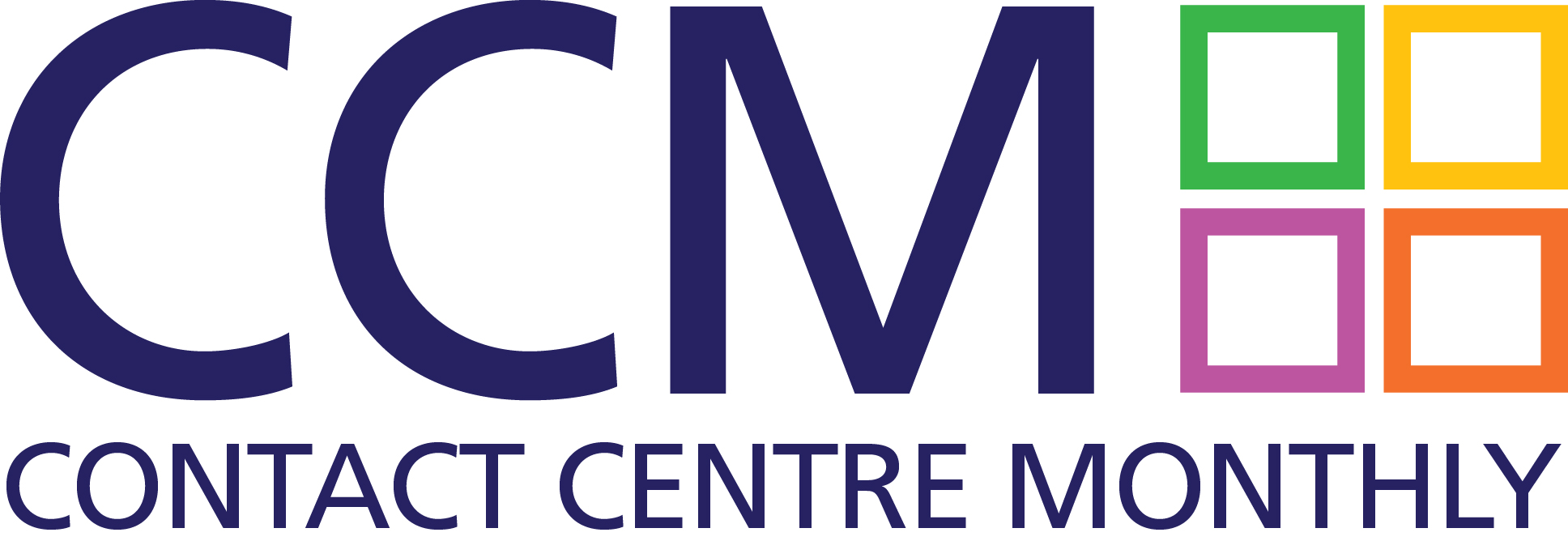As statistics reveal that digital channels are not much cheaper than traditional voice calls, Colin Hay at Puzzel goes in search of the truth and shares 5 top tips for boosting efficiency and cost-effectiveness in one go.
Digital channels are a cost-effective way to boost contact centre performance and enhance customer satisfaction. Certainly, the most widely deployed multimedia channels – social media (53%), email (41%) followed by web chat (39%) – are all cheaper than traditional voice calls in ‘cost per contact’ terms. With the average live telephony call at £4.27, web chat typically cost £4.24, emails cost £3.81 and social media contacts cost £3.64.[i]
Interestingly, web chat conversations are on a par with telephony calls although the ability to conduct multiple chats at the same time makes this channel an attractive business proposition. What is really surprising and perhaps somewhat perplexing is that the cost differential between traditional and digital channels is in truth relatively small, perhaps far smaller than expected.
Confused? Don’t be – here are three good reasons why the difference in cost isn’t greater:
- Growing complexity of manual contacts – today’s live telephone calls and emails are increasingly longer in duration and are becoming more complex as other channels answer straightforward enquiries. For example self-service is growing in popularity.
- Symbiotic channels – digital channels do not work in isolation. They typically require the use of another channel to resolve a customer enquiry effectively. Consider the statistics: fewer than 10% of emails can be answered fully without resource to alternative channels while more than half of social media requests have to be completed via another channel. At the same time, the level of automation involved in web chats has grown from just 5% in 2015 to 19% in 2018, mainly through the use of chatbots.[ii]
- Herd mentality – email should stand as a salutary lesson when it comes to introducing new technology for technology’s sake. Now mainstream for well over 10 years, email almost stumbled at the first hurdle because too many organisations rushed to push customers into using it without the processes, solutions or staff to manage it properly. Despite being cheaper, digital channels can cost organisations dearly through lost customers and diminished brand equity if they are mismanaged.
5 steps to maximising the digital opportunity
The secret lies in creating a cohesive multimedia contact centre that brings together the right people, processes and technology to boost efficiencies and cost-effectiveness:
- Get inside your customer’s head – while digital channels offer opportunities for delivering excellent customer service at reduced cost, the trick is to connect them. Start by blending social media, for example, with other customer communications channels to gain a well-rounded view of what customers really think.
- Choose the right agents – look for candidates with high levels of emotional intelligence. These are the ones who instinctively understand how the customer is feeling and use that information to deliver positive customer outcomes across different channels, even when conversations are transferred to them from their bot colleagues. The best agents use their initiative and are collaborative. Encourage them to delight customers in their own way and then feed success stories into an easily accessible knowledgebase. Effective knowledge-sharing helps agents and self-service customers to get the answers they want while maximising ROI in digital channels.
- Bridge digital and human worlds – innovations like Chatbots are invaluable. For simple enquiries, they provide quick and easy answers. They also act as the first point of call and provide the much-needed automation to transition customers to live agents to complete more complex enquiries. Just ensure the handover between bot and agent is totally seamless.
Be proactive. Just because a customer has initiated an interaction via social media doesn’t mean it has to stay on social media. Customers may like to receive an outbound call from an agent giving them the opportunity to go into further detail and so resolve their entire issue in one single contact, off-line.
- Fast-track your social customer service – the majority of social media today is handled by an in-house team based in the contact centre compared with just 29% by the marketing, PR and corporate communications team or just 10% by an outsourced company.[iii]
Make social media an intrinsic part of the organisation’s wider omni-channel strategy.
Keep Twitter feeds and Facebook pages up-to-date and regularly monitor them to minimise the impact of negative comments and proactively alert customers to important news. Include popular channels such as WhatsApp with agents’ web chat screens – the messages are private which facilitates customer identity verification and reduces the impact of public negative messages.
- Think cloud – the latest cloud contact centre solutions create a blended multimedia environment. They integrate seamlessly with critical CRM and other business applications to provide a single view of the customer and store all multimedia interactions in real-time. Advanced routing ensures enquiries are queued and distributed to the right agents at the right time, whatever the channel.
Increased efficiencies and reduced costs all in one go. Proof that when it comes to digital channels you can have your cake and eat it! For more information, visit www.puzzel.com
Colin Hay is VP Sales at Puzzel UK
About Puzzel
Puzzel is a leading cloud-based contact centre software provider and one of the first pioneers to develop a cloud-based contact centre offering. Today, Puzzel combines its omni-channel technology with artificial intelligence capabilities to provide comprehensive, end-to-end customer interaction solutions in an age of digitisation. Puzzel was named a Challenger in the 2018 Gartner Magic Quadrant for Contact Centre as a Service, Western Europe, Report 2018 for the fourth consecutive year for its strong growth, functional capabilities, strengths in standards and compliance, customer service and support. The company is headquartered in Oslo, Norway, with offices in six European markets including the U.K.




